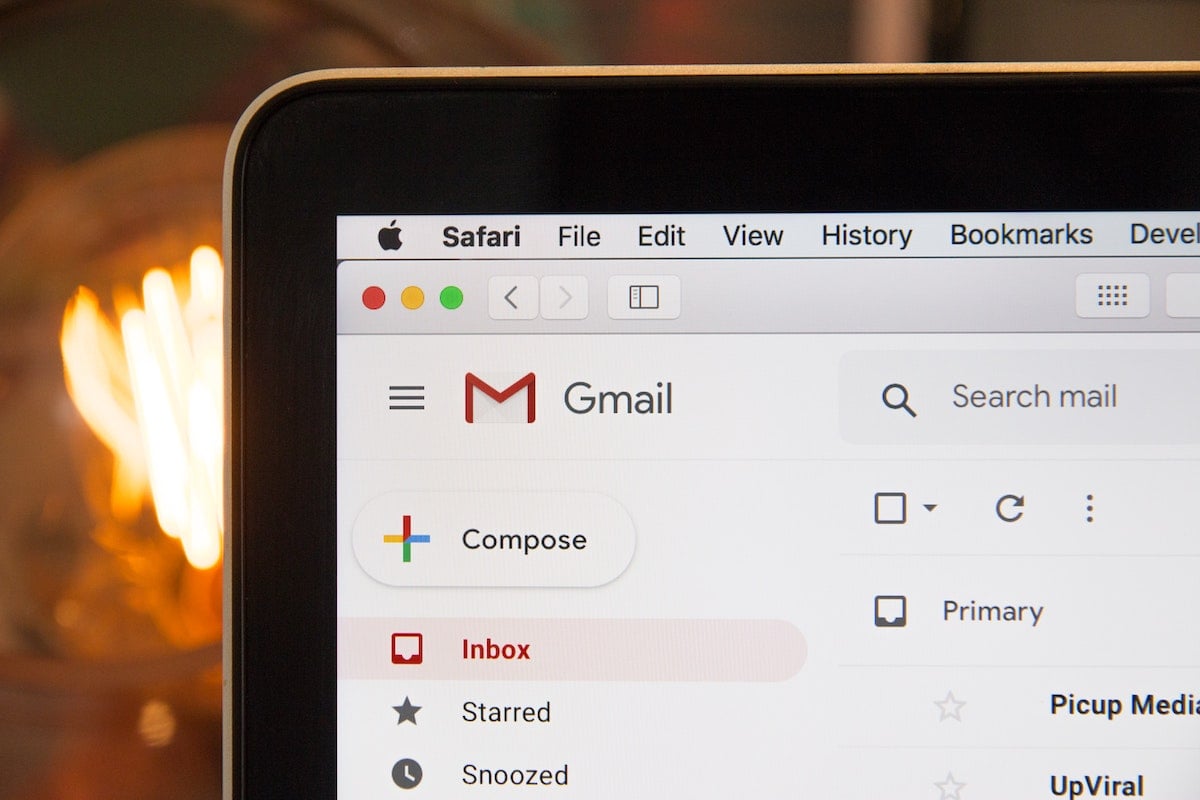Inbound Email Marketing strategy: best practices on when, and how many emails you should send in your inbound marketing campaigns
by Marije Schreur, on Dec 23, 2020 4:32:16 PM

They say that email is dead. But if it is, marketers didn’t get the memo. In fact, research from The Aberdeen Group found that 95% of B2B marketers and 78% of B2C marketers believe that email is one of the most powerful tools they have to engage with audiences. And they’re not wrong. Reports show that a good inbound email marketing strategy accounts for 19% of sales on average… despite taking just 13% of the overall budget.
But how can you develop a strong email campaign? While there’s a lot that goes into creating a strategy that engages with audiences through email, there are two primary questions that today’s marketers want answered: when do I send, and how often?
When to Send Emails
According to HubSpot, email open rates tend to spike on weekdays at 10am, 1pm, and 6pm. Why? Because these parts of the day have typically become associated with downtime. Employees, for example, may spend the first hour at work getting organised for the day and completing urgent tasks before checking emails at 10. They may check again around lunchtime, and finally as they’re finishing off for the day. It can be a similar situation for non-workers, too, who may take a break from activities over the traditional mealtimes. Sending at these times of day can help you engage in real time. Data is your friend here. Use it to report on results and identify when your emails get the best open rates.
As for days, research shows that Tuesdays, Wednesdays, and Thursdays are when most emails are opened. With Mondays often spent catching up with updates from the weekend, and Fridays spent getting last minute tasks done before signing off, midweek is when most people have the time to read communications and click through.
Professional services firm PwC states that 75% of all email campaigns are delivered during office hours… So are evenings and weekends a good time to send communications? The truth is that they can be, especially for those operating within certain industries (eg. hospitality), although there are a few additional aspects to consider here. For example, at weekends, and between 6pm - 7am, mobile usage goes up while desktop usage goes down. Optimising email campaigns for mobile is an essential consideration if you’re planning to communicate outside working hours.
The secret to sending emails at the right time is to know your audience. It’s definitely worth building and developing customer personas that can give you a clear overview of who your target customer is, what they do, where they are, and when they’re most likely to be open to receiving promotional emails.
For example, if your target customer is a busy parent, sending messages during school pickups may not be the best approach. There are some great tools out there that can help you schedule your emails and automatically send them at the best time, like HubSpot. It allows you to schedule email sending for specific times, and by time zone for global marketing campaigns.
How Many Emails to Send
In terms of website content, many marketers know that it’s often a case of ‘the more the better’, especially with content age being noted as one of Google’s prime ranking factors. But is it the same when it comes to emails? 306.4 billion emails are sent each and every day, with that number expected to rise to 361.6 billion by 2024. So should marketers be contributing to this rise with frequent email communications?
There’s no clear answer here. On the one hand, HubSpot reports that 69% of audiences have unsubscribed from email lists because the organisation sent too many communications. It’s also been found that more than half of marketers believe that the majority of emails they send aren’t relevant to the recipient. This suggests that many marketers are sending mass emails to large numbers of recipients, which doesn’t align with the inbound methodology. In these cases, marketers may find it more effective to send fewer, more relevant and more personal emails to a smaller number of contacts.
However, that’s not to say that frequent communications can’t work. To boost the results of your email campaigns, the number of emails that you should be sending must be determined by the stage of the buyer journey that the customer is currently in.
For example, those in the early stages of the funnel, where they’re keen to learn about possible solutions to a problem and educate themselves, may be more open to receiving frequent communications that help guide them to conversion. Those in the later stages of the funnel - or those who have recently made a big purchase - may respond better to more infrequent communications that work to keep the door open.
It’s Not Just the When and How Many…
When to send emails, and how many to send, are important factors to take into account. But they’re not the be all and end all of a good email marketing campaign, especially at a time when there is a growing trend for ‘receive now, read later’.
Forbes states that the most important thing is ‘delivering fresh, personalised content that contributes directly to higher engagement’, and we agree. Content itself is the most vital aspect when it comes to email marketing. Audiences sign up for email updates because they want to consume content that interests them… as long as that content keeps ticking all their boxes, the ‘when’ and the ‘how often’ become less critical.




